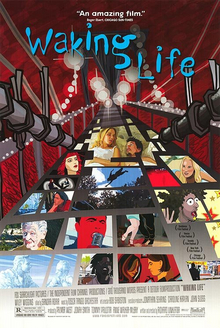
Waking Life is a 2001 American rotoscoped animated film written and directed by Richard Linklater. The film explores a wide range of philosophical issues, including the nature of reality, dreams and lucid dreams, consciousness, the meaning of life, free will, and existentialism. The series of insightful philosophical discussions at the core of the film are progressed by a young man who wanders through a succession of dreamlike realities wherein he encounters a series of interesting characters.

A bar, also known as a saloon, a tavern or tippling house, or sometimes as a pub or club, is a retail business that serves alcoholic beverages, such as beer, wine, liquor, cocktails, and other beverages such as mineral water and soft drinks. Bars often also sell snack foods, such as crisps or peanuts, for consumption on their premises. Some types of bars, such as pubs, may also serve food from a restaurant menu. The term "bar" refers to the countertop where drinks are prepared and served, and by extension to the overall premises.
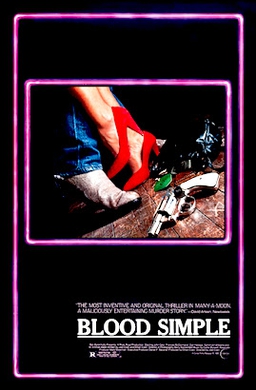
Blood Simple is a 1984 American independent neo-noir crime film written, edited, produced, and directed by Joel and Ethan Coen, and starring John Getz, Frances McDormand, Dan Hedaya, and M. Emmet Walsh. Its plot follows a Texas bartender who is having a love affair with his boss’s wife. When his boss discovers the affair, he hires a private investigator to kill the couple. It was the directorial debut of the Coens and the first major film of cinematographer Barry Sonnenfeld, who later became a director, as well as the feature-film debut of McDormand.
The headline is the text indicating the content or nature of the article below it, typically by providing a form of brief summary of its contents.

Ron Athey is an American performance artist associated with body art and with extreme performance art. He has performed in the U.S. and internationally. Athey's work explores challenging subjects like the relationships between desire, sexuality and traumatic experience. Many of his works include aspects of S&M in order to confront preconceived ideas about the body in relation to masculinity and religious iconography.

Swordfish is a 2001 American action thriller film directed by Dominic Sena, written by Skip Woods, produced by Joel Silver, and starring John Travolta, Hugh Jackman, Halle Berry, Don Cheadle, Vinnie Jones, and Sam Shepard. The film centers on Stanley Jobson, an ex-con and computer hacker who is targeted for recruitment into a bank robbery conspiracy because of his formidable hacking skills.

Don Barry, also known as Red Barry, was an American film and television actor. He was nicknamed "Red" after appearing as the first Red Ryder in the highly successful 1940 film Adventures of Red Ryder with Noah Beery Sr.; the character was played in later films by "Wild Bill" Elliott and Allan Lane. Barry went on to bigger budget films following Red Ryder, but none reached his previous level of success. He played Red Doyle in the 1964 Perry Mason episode "The Case of the Simple Simon".
Magnifico is a 2003 Filipino drama film directed by Maryo J. de los Reyes from a story and screenplay written by Michiko Yamamoto. The film revolves around a titular child character who decides to design and build a coffin for his grandmother as well as raise funds in order to buy a wheelchair for his younger sister who has cerebral palsy. The film stars Jiro Manio, Lorna Tolentino, Albert Martinez, and Gloria Romero.
Cecil Taylor Nichols is an American actor, known for his roles in several films by Whit Stillman including major roles in Metropolitan (1990) and Barcelona (1994), as well as his role in the regular cast of the television series PEN15 (2019–2021). Modern Family (2010)
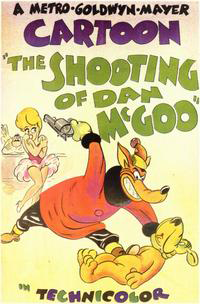
The Shooting of Dan McGoo is a cartoon directed by Tex Avery and starring Frank Graham as the Wolf. Both Bill Thompson and Avery himself voiced the lead character Droopy. Sara Berner did the speaking voice of Lou, while her singing was provided by Imogene Lynn. The cartoon was edited for a 1951 re-release. It is a loose remake of Avery's 1939 cartoon for Warner Bros., Dangerous Dan McFoo.
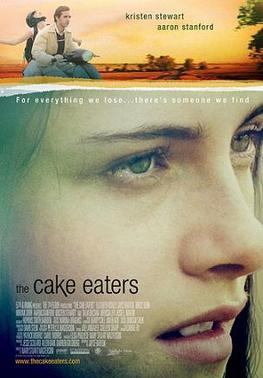
The Cake Eaters is a 2007 American independent drama film about two small-town families who must confront old issues with the return of one family's son. The film was directed by Mary Stuart Masterson, and stars Kristen Stewart, Aaron Stanford, Bruce Dern and Jayce Bartok. Stewart plays Georgia, a young girl with Friedreich's ataxia, a rare disease for which there is no cure.
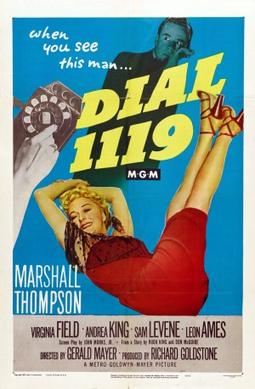
Dial 1119 is a 1950 film noir directed by Gerald Mayer, nephew of Louis B. Mayer. The film stars Marshall Thompson as a deranged escaped killer holding the customers of a bar hostage. The telephone number "1119" is the police emergency number used in the film.

Puzzle is a 2010 Argentine drama film directed by Natalia Smirnoff. It was nominated for the Golden Bear at the 60th Berlin International Film Festival.

Terribly Happy is a 2008 Danish crime film directed by Henrik Ruben Genz, based on Erling Jepsen's 2004 eponymous novel.

The Headless Horseman is an archetype of mythical figure that has appeared in folklore around Europe since the Middle Ages. The figures are traditionally depicted as riders upon horseback who are missing their heads. These myths have since inspired a number of stories and characters in popular culture, including The Legend of Sleepy Hollow.
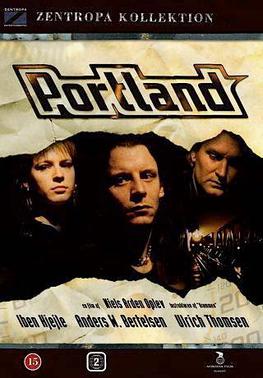
Portland is a 1996 Danish drama film written and directed by Niels Arden Oplev, in his feature film debut. It stars Anders W. Berthelsen, Ulrich Thomsen, and Iben Hjejle. The film, whose title is a reference to the Danish cement company Aalborg Portland, was selected for competition at the 46th Berlin International Film Festival.
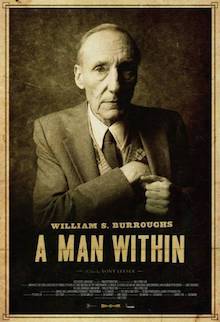
William S. Burroughs: A Man Within is a 2010 independent American documentary film directed by Yony Leyser about William S. Burroughs, featuring previously unreleased footage and interviews with his friends and colleagues.
Roger Wood was the editor of the Daily Express and New York Post.
Vincent Musetto was an American newspaper editor and film critic for the New York Post. He retired from the New York Post in 2011. He was best known for having written the headline Headless body in topless bar in 1983. The events inspiring the headline served as the premise for a 1995 American black comedy by the same title, written by Peter Koper and directed by James Bruce. After the film was released, Musetto said he didn't know what the fuss was all about; he reported "Headless" was not his best headline. Musetto died on June 9, 2015, from pancreatic cancer.
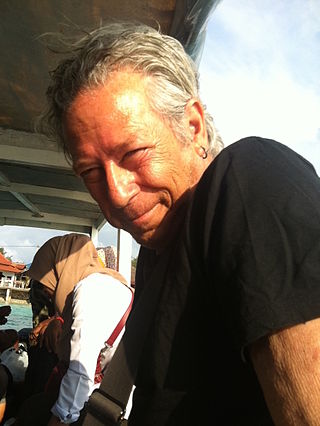
Peter Koper was an American journalist, professor, screenwriter, and producer. He numbers among the original Dreamlanders, the group of actors and artists who worked with independent filmmaker John Waters on his early films. He wrote for the United Feature Syndicate, Associated Press, Baltimore Sun, American Film, Rolling Stone, People and the website Splice Today. He worked as a staff writer and producer for America's Most Wanted, and has written television for Discovery Channel, Learning Channel, Paramount Television and Lorimar Television. Koper wrote and co-produced the cult movie Headless Body in Topless Bar, and wrote the screenplay for Island of the Dead. He has taught at the University of the District of Columbia, and Hofstra University.















